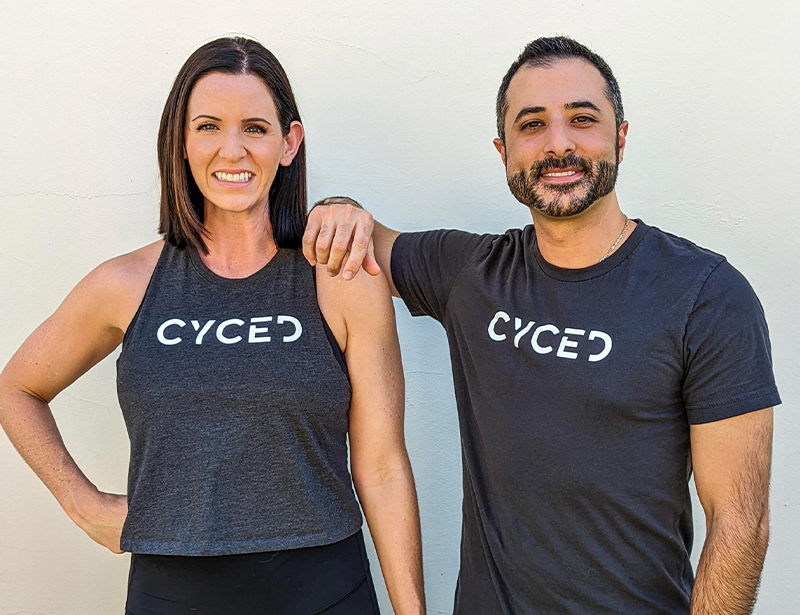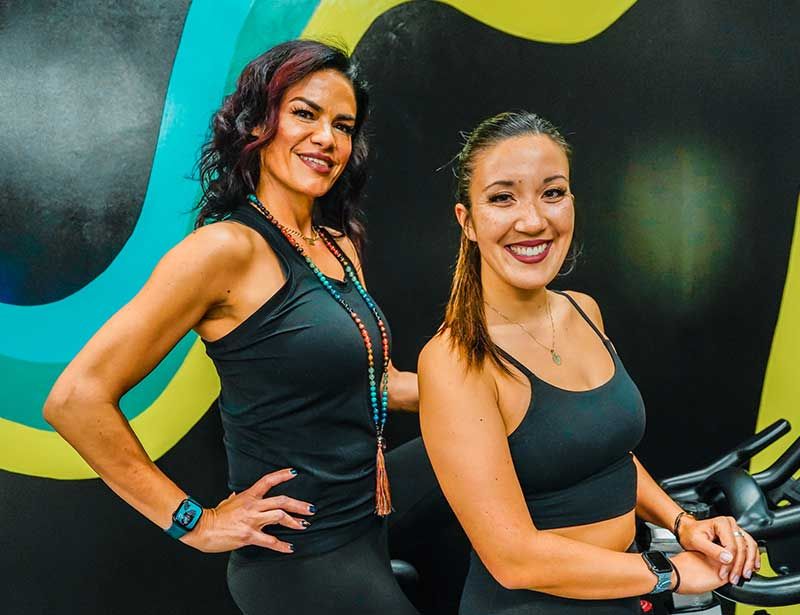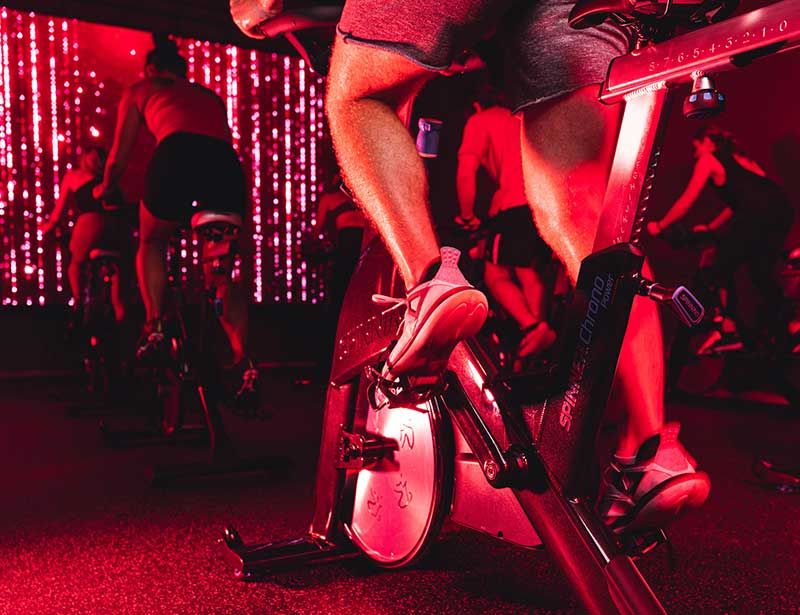Americas
Alejandro Ramos
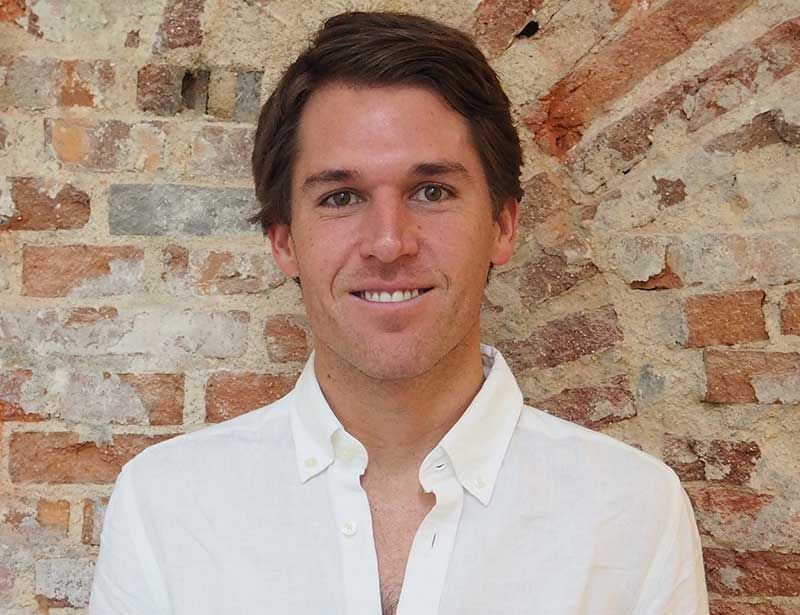
What inspired you to create Síclo?
Our original inspiration came out of New York. My Síclo co-founder Pedro de Garay used to live in NYC, where he did classes at the SoulCycle studio in the basement of his apartment block. He fell in love with the concept: the music, the cool vibe, the space crowded with smiles.
At the time, I was working in venture capital and was very interested in the entrepreneurial space in Mexico. Pedro was by now considering a studio launch in Mexico, so he suggested I fly to New York to try out a class. I’d always been into outdoor rather than indoor sports, but I was sold and ready to sign on the dotted line by the second track of the class.
We approached SoulCycle to see if they’d be interested in launching in Mexico with us, but they had such strong growth plans for the US that Mexico wasn’t on their radar yet.
“We believe people should enjoy life, and we include fitness and wellness within that: it shouldn’t be a chore but something you enjoy.”
So, we set out to do something different. Something with its own strong identity and personality – its own way of connecting with the Spanish-speaking market – so if SoulCycle were ever to come to Mexico, that would be OK. Our brand would be sufficiently strong and differentiated that we would be able to co-exist.
We hired a really cool branding agency who helped us come up with the Síclo name and design concept. We went out on the road, doing maybe 90 classes until we found our perfect master instructor, Jeremy, and we worked hard on our methodology to ensure we’d be delivering best-in-class programming and instruction. We developed a brand language that people would instantly connect with, giving it a local touch by drawing in phrases from Mexican songs, for example. And we built a cool website that would allow people to quickly get to know Síclo and what it stood for.
And what does Síclo stand for?
We believe people should enjoy life, and we include fitness and wellness within that: it shouldn’t be a chore but something you enjoy. Yes, you’ll need to put in the effort if you want to be the best you can be – and we do challenge people to set a high bar for themselves – but you should absolutely enjoy the process.
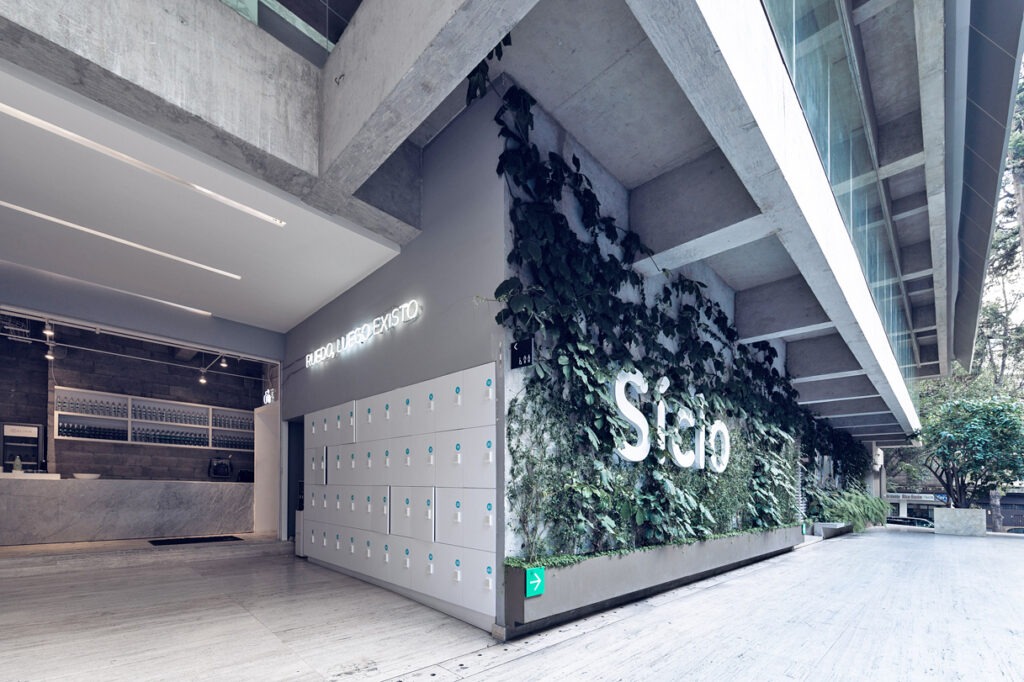
When and where did Síclo launch?
We went big on our first site, because we wanted to start really strongly. We didn’t just want to do a small pilot. We bet aggressively on an amazing location – a huge space in the Santa Fe neighbourhood of Mexico City, where there’s a great mix of residential, business and top universities. We created a visually spectacular space. And we launched on 29 June 2015 with an incredible new brand for the Mexican market.
It was such a huge location that we could easily have added studios for other disciplines, for example, or a café. However, we wanted to focus on one thing – rhythm cycling – and be the best at it. It was definitely the right strategy.
That first site won an architecture and design award in New York and remains our flagship, with its huge open space, 10m high ceilings and two cycling studios offering 110–120 classes a week.
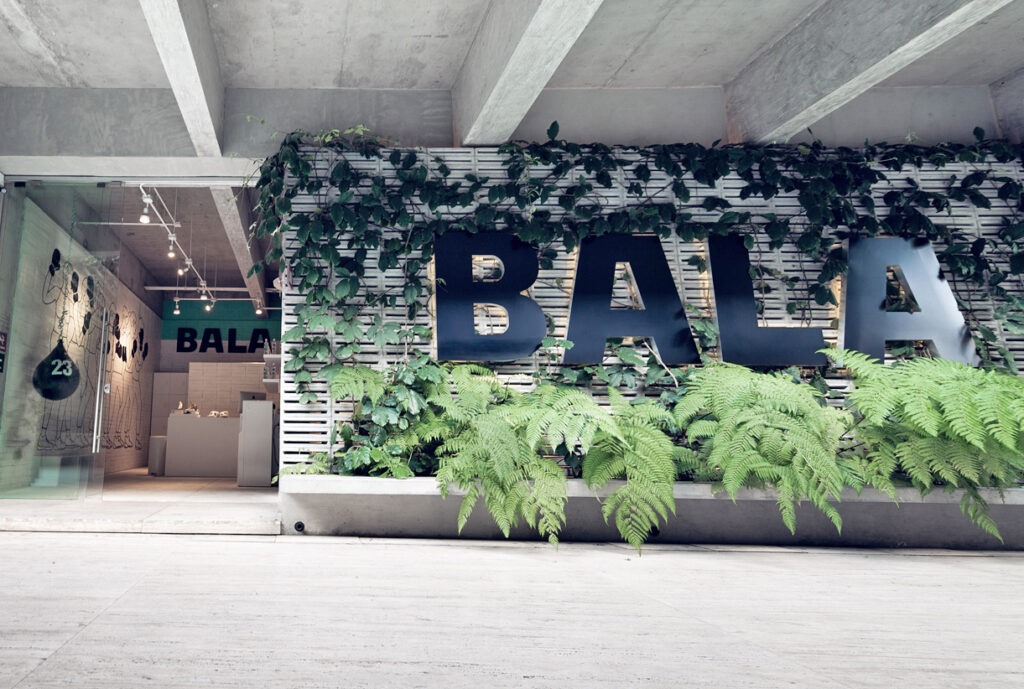
“People laughed at us when we said we were going to charge US$15 a class, but the studios were full within a couple of weeks of opening”
What was the market like in 2015?
When we launched Síclo, there was no boutique market in Mexico; Mexico is always lagging behind the US. But of course, that meant there was an opportunity for us, because we already saw boutique as the future of fitness.
People laughed at us when we said we were going to charge 300 pesos – about US$15 – per class. But we quickly proved that people were absolutely willing to pay for the experience, the space, the instructors, the quality of the brand. The studios were full within a couple of weeks of opening.
Fast-forward to today and it’s now a highly competitive market: our first competitor launched about six months after we unveiled our first site, and many more have launched since.
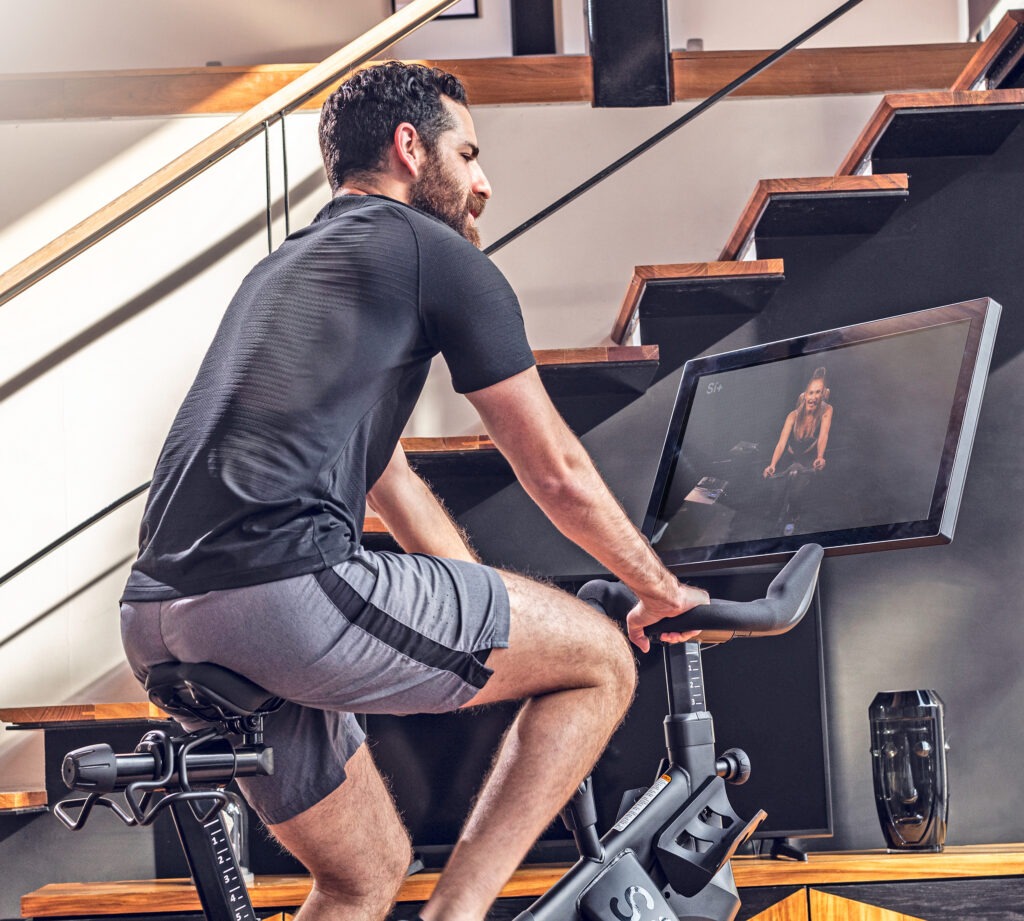
So, what are your USPs?
We’re lucky enough to be leading the boutique space here, and we’ve done a lot of work to ensure we maintain that strong position. We’ve paid a lot of attention to every facet of our brand from the outset.
We have really good locations, with most of our studios designed by Pedro’s brother, who’s an incredible, award-winning architect.
We have a vibe that people really connect with, led by our instructors who are not only amazing performers but also community-builders: we’re very selective in who we recruit, with around 80 instructors carefully chosen from thousands of applicants.
And as I mentioned before, we have a fantastic master instructor in Jeremy, who’s one of the most passionate perfectionists I’ve ever met. He’ll get to the studio well before every one of his classes and quietly sit out of the way, headphones on, getting himself in the zone for the performance he’s about to deliver. He’s exceptional and inspirational to our other instructors, most of whom he’s trained. He also creates the programming framework into which our instructors can inject their own personalities, language, music, vibe and way of connecting.
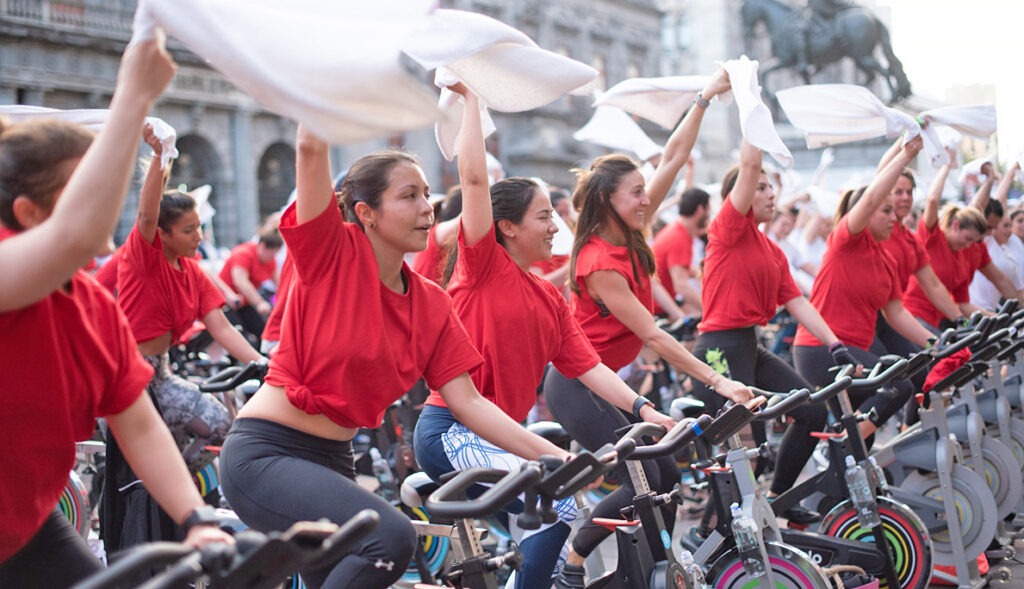
Our studios typically each offer around 45 classes a week, on top of which we also run large events: collaborations with Apple Music, for example, where it brings cool DJs and artists and we put a couple of our instructors on-stage to lead huge classes that look and feel like concerts. We also hold charity Síclotons and special fundraising classes; not-for-profit work is an important part of the Síclo DNA.
Quite simply, we’ve taken a huge amount of care over every detail. As a result, our community mostly grows organically through word-of-mouth, and through the fact that the media approaches us rather than vice versa.
“As the years have passed, our ambition has grown. We now have a vision of becoming the largest wellness community in the Spanish-speaking market.”
How has your offering evolved?
Rhythm cycling still accounts for around 70 per cent of our 21 studios in Mexico, and all our studios in Spain and Peru; we have two studios in each of those markets, launched as joint ventures with local partners in 2018 and 2020 respectively. Obviously the latter was a complicated start, as we launched a studio and then had to close it two weeks later for the best part of a year. Happily, now re-open, the studio is packed and we’ve just opened a second location.
However, as the years have passed, our ambition has grown. We now have a vision of becoming the largest wellness community in the Spanish-speaking market.
With that in mind, we’ve expanded to offer more disciplines alongside cycling: barre, yoga, boxing bootcamp, meditation, strength, running, stretching and HIIT Kentro, which is a combination of strength, yoga and cardio.
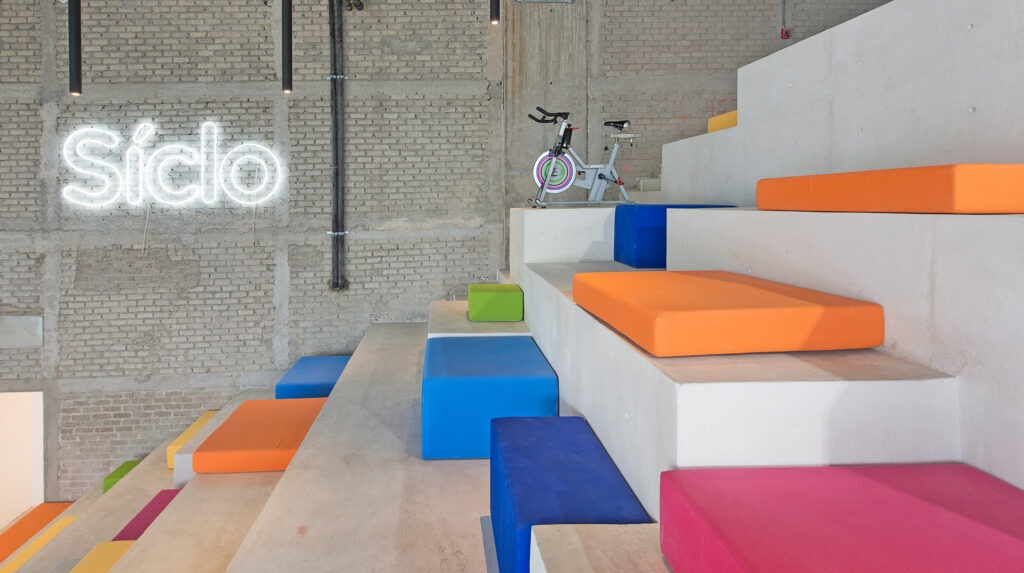
Síclo remains the umbrella brand, but beneath it we now have separate sub-brands: Rueda for our cycling studios, Bala for boxing, and so on. Each location remains single-discipline, although in some neighbourhoods we have multiple locations very close by, so people can take part in different styles of class with us. And actually, there’s one location in Mexico City where we offer Yoga, Barre and Kentro out of a single studio space.
In Spain, we also do regular Barre and Kentro pop-ups. And in Mexico – originally driven out of necessity during COVID, but now about to be launched as a concept we can roll out where appropriate – we also have an outdoor studio concept.
Alongside all of this, we’ve created a digital offering of live streamed and on-demand classes, which of course allows us to reach areas where we don’t have any studios. Of our nine disciplines, there are some that only exist separately on our digital platform: stretching, for example, and strength. In-person, these are incorporated as part of our classes: strength sections in cycling, weights as part of our boxing bootcamps, and stretching at the end of every workout.
How important is digital to your vision?
We have a strong digital offering now, with a combination of hardware – our biSí bike with its integrated, 180-degree rotating screen – and software, with Síclo content delivered via the biSí screen and via our Síclo+ app.
“As we grow, we’ll tweak as needed to make the product feel local, so people immediately connect with it.”
However, although digital came to the forefront in lockdown, we see omnichannel as the future of our business, with physical and digital equally important moving forward.
Digital absolutely won’t replace physical studios. Many of our community already do both at-home and in-person classes, and we’re going to be launching new packages soon offering biSí customers special privileges and discounts in our studios.
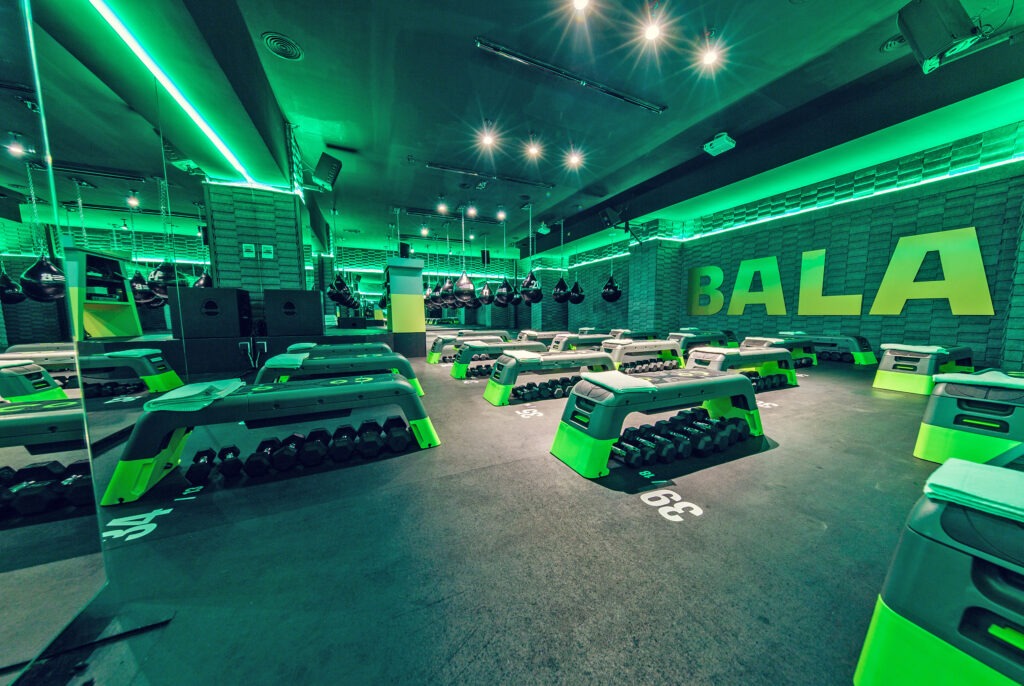
What digital is great at – aside from supplementing studio visits with at-home classes when that’s more convenient – is allowing us to reach into new markets with minimal effort to see what traction we get.
Most of our digital users are currently based in Mexico, Spain and Peru – where we have physical studios and good brand awareness – but we’ve actually gained users in 80 countries and over 2,000 cities, including important communities in Colombia, Chile, the US and Portugal.
That’s the power of omnichannel. You get great data from your digital platform that helps you decide where to open physical studios next. Those studios then act as showrooms, building awareness and letting people get to know you. You start to grow your community locally, then you launch bike deliveries to that market alongside your studios. That’s the Síclo cycle. That’s what we’re aiming for.
“We may explore Spanish-speaking markets in the US – possibly the world’s most competitive market, but we believe our uniquely Latin vibe gives us a great opportunity.”
Tell us more about biSí and Síclo+
Our biSí bike costs just under US$2,000 – or US$50 a month if you pay in instalments – with the option to add up to six profiles so each family member can access their workout history, personalised recommendations and so on. You then pay around US$36 a month for the Síclo+ content, which streams to the integrated screen on the bike or to your app if you’re exercising elsewhere.
Through our bike, you can interact with the instructor during live streams, as well as with other riders. It’s all about building a sense of community connection, which is an agenda we’re going to be pushing even harder moving forward. We want to create, and connect, the largest wellness community in the Spanish-speaking market.
If you don’t have our bike, you can still be a Síclo+ app customer, but in that case we actually charge you less: around US$14 a month. We don’t believe the experience is as good when you can’t connect, interact or access the metrics you get from biSí.
We do eight live streams a day, spanning all our disciplines, which then make their way into our content library for on-demand use.
What are your growth plans?
We’re already in three cities in Mexico – Mexico City, Monterrey and Guadalajara – as well as Madrid in Spain and Lima in Peru. Our next targets are Barcelona in Spain, plus some South American markets – Colombia and Chile are top of the list – where we already have strong digital populations.
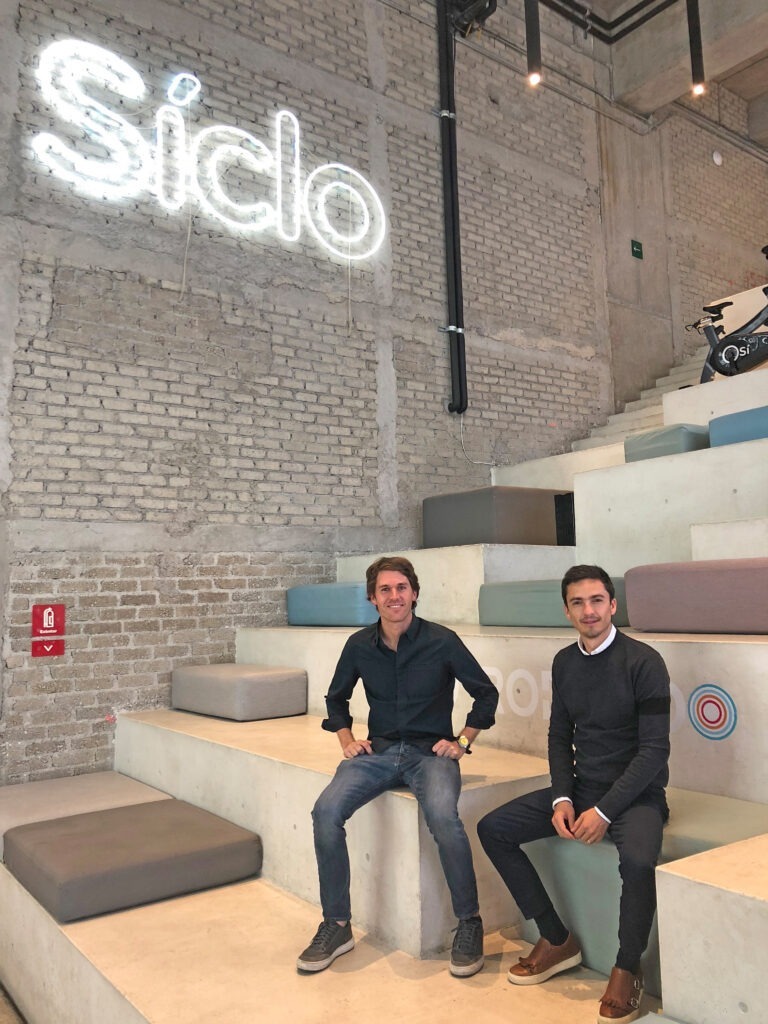
We may also explore Spanish-speaking markets in the US: Los Angeles, Miami, San Diego, even Chicago and New York. Of course, that would take us into possibly the world’s most competitive market. However, we believe our uniquely Latin vibe gives us a great opportunity to create important communities in these locations.
As we grow, we’ll just need to ensure – as we have in Mexico, with the references from popular songs woven into our language – that we tweak as needed to make the product feel local, so people immediately connect with it.
Video

Conceived, powered and funded by BODY BIKE®, RIDE HIGH has a simple mission: to celebrate and champion the very best of indoor cycling, sharing ideas, stories and experiences from around the world to inspire the sector on to even bigger and better things. Subscribe for free by leaving your details below and we'll send indoor cycling's hottest news direct to your inbox three times a year.

